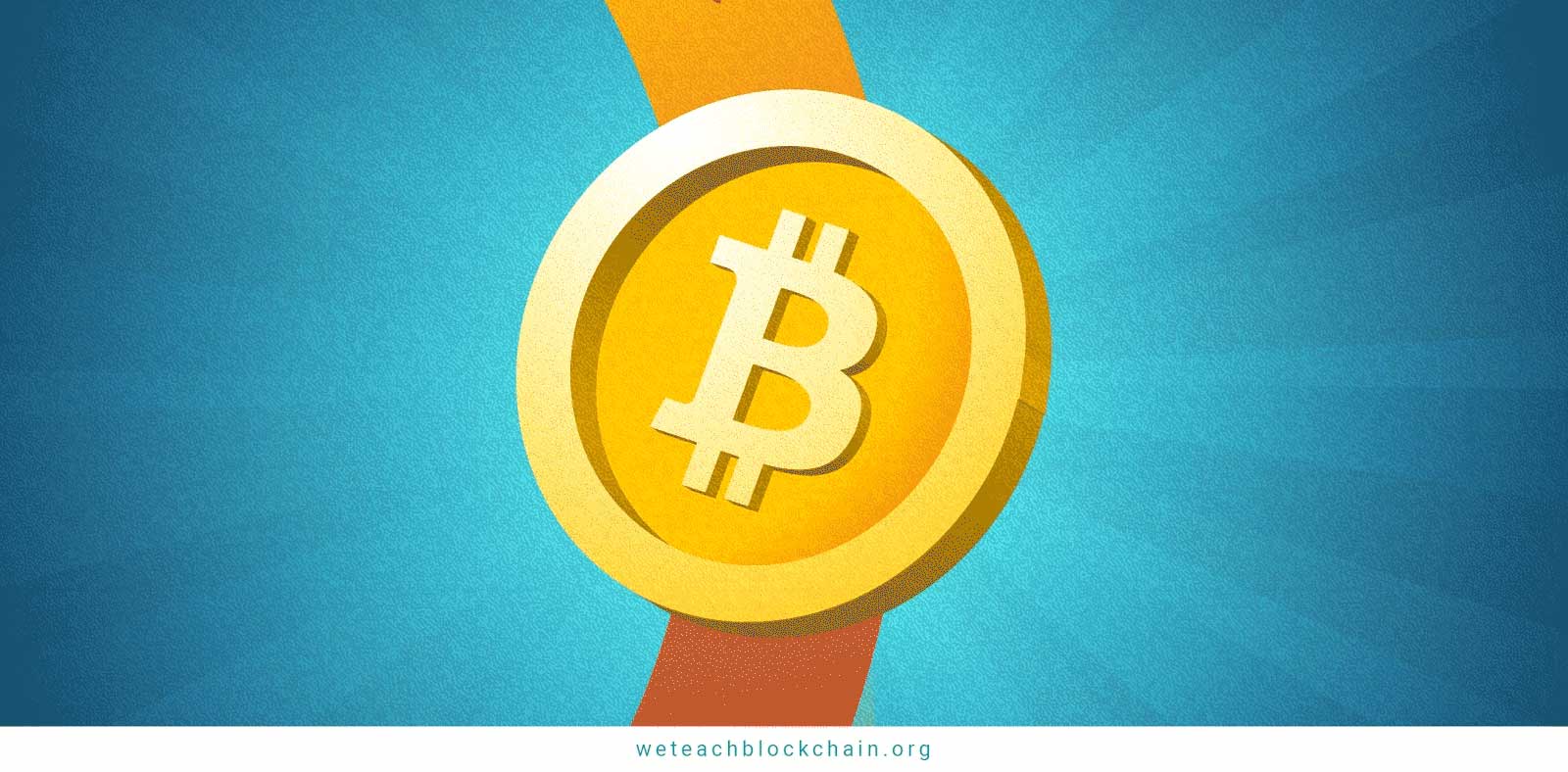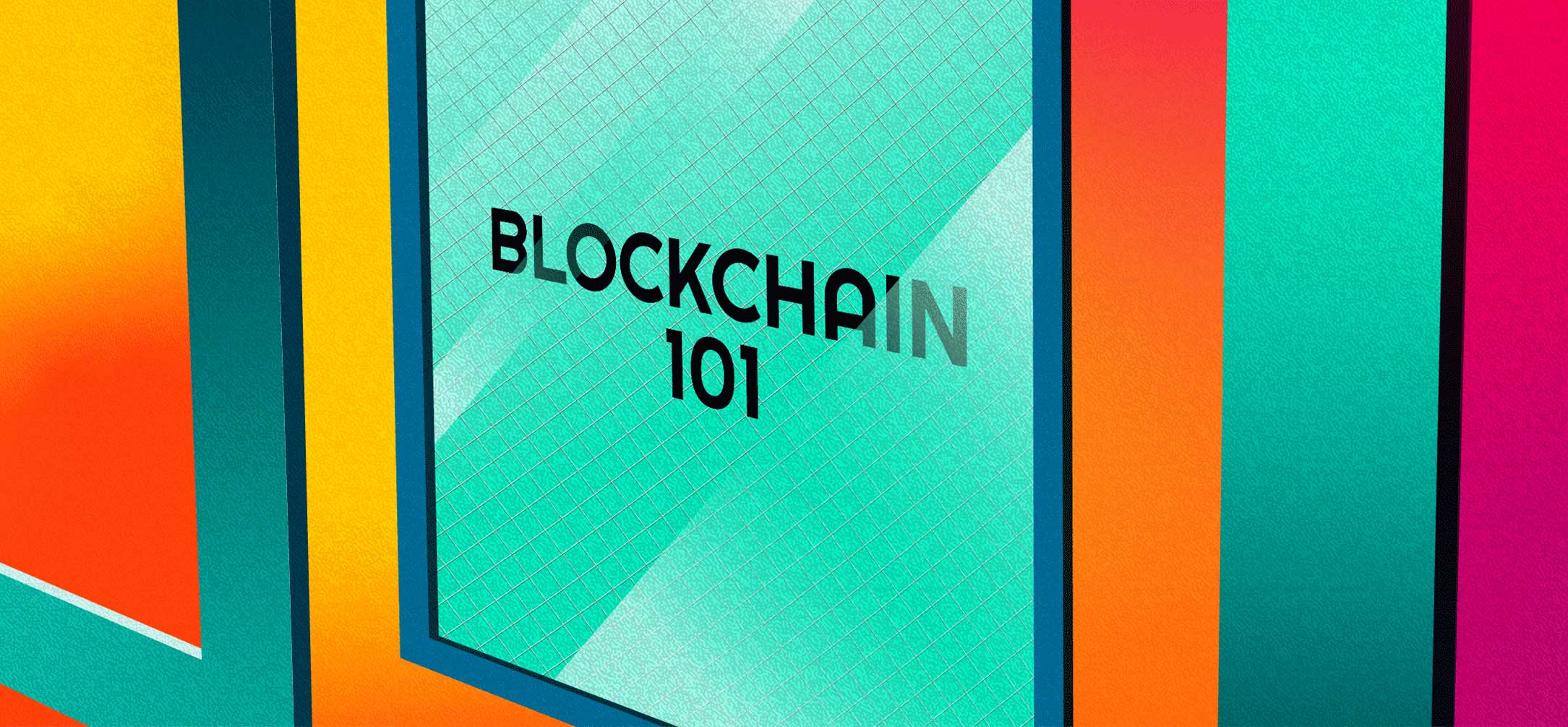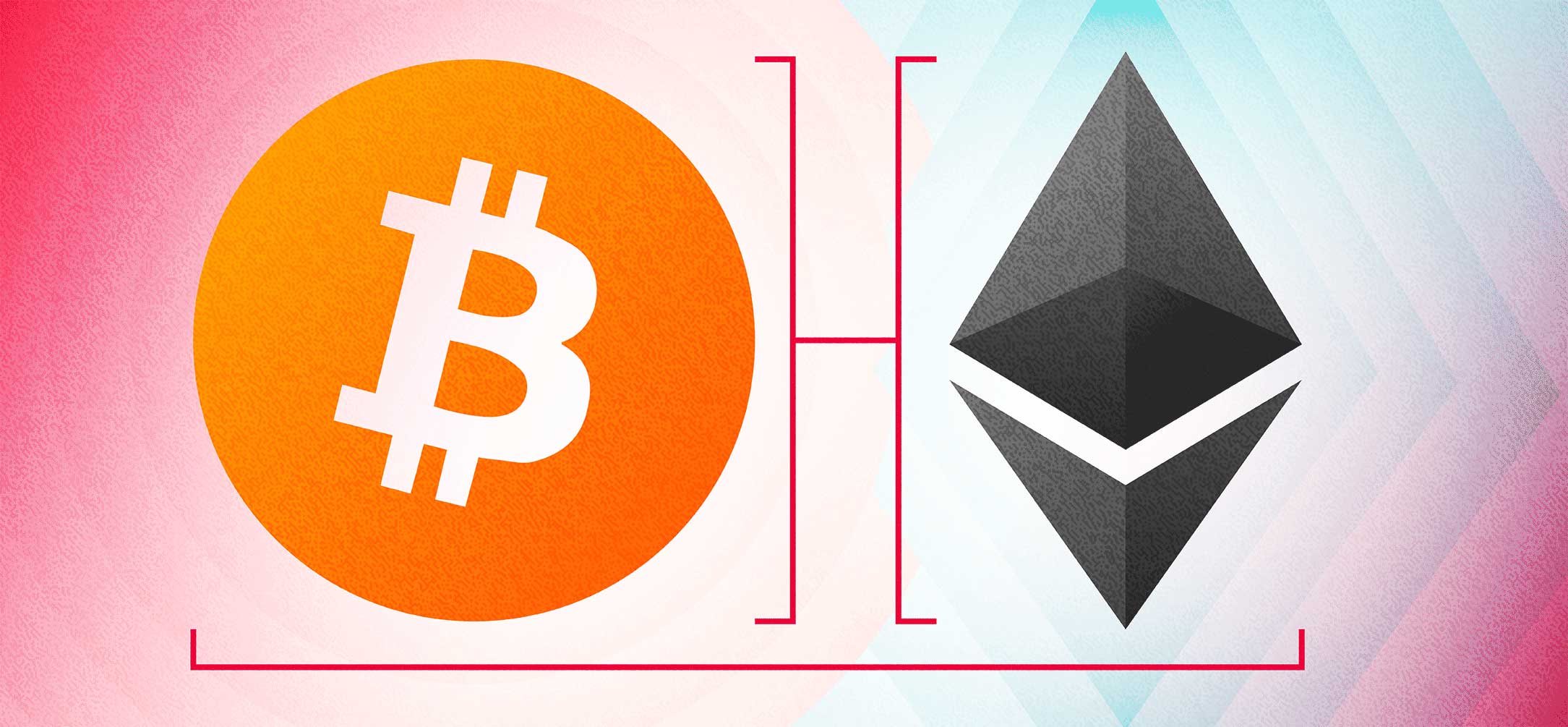What is Cryptocurrency?
Background
Cryptocurrencies such as bitcoin or ether are scarce digital assets which exist on a decentralized network of computers. The currencies, which are referred to as coins or tokens, can be used within their network as a digital store of value or a medium of exchange.

Digital Ownership
In the same way that ownership of a house or a car is controlled by whoever holds the deed, a cryptographic asset is owned by whoever holds the private cryptographic key that is registered with the network. The difference with cryptographic assets is that instead of a central registry, a network of many peers keeps track of who owns each asset.
Transferring Digital Assets
When a cryptocurrency transaction occurs, the sender broadcasts a message to the network indicating that they are transferring assets under their control to another user on the network. They specify the receiver’s public address within the network, and the owner can only access assets transferred to that address if they have the corresponding cryptographic key.
Fun Fact
The first ever purchase of physical goods using cryptocurrency was on May 22, 2010, when Laszlo Hanyecz purchased two Papa John's pizzas on the Bitcoin network for 10,000 BTC. These may also have been the most expensive pizzas ever purchased. The total value of those 10,000 bitcoin is now over $65M USD.Network Security & Blockchain
A blockchain is a digital file which new information can be added to over time. Data is added to this file in blocks, which are linked together with an encryption function to form a chain. Most blockchains are shared between a wide network of peers, which means that once the data is confirmed by a majority of the network, it cannot be edited.
The original concept of the blockchain was first proposed in the Bitcoin whitepaper. The Bitcoin blockchain is used to keep a record of all transactions which have ever occurred in that network, and thereby acts as a communal registry of ownership of all the Bitcoins that have ever been created. When a participant in the network wishes to make a transaction, they must wait for all of the nodes in the network to update their copy of the record before they can spend their assets. Our free Blockchain Security course covers these issues and more.
Learn how to buy bitcoin and other cryptocurrencies!
Learn More

For more information on this topic please visit our Blockchain 101 course.






